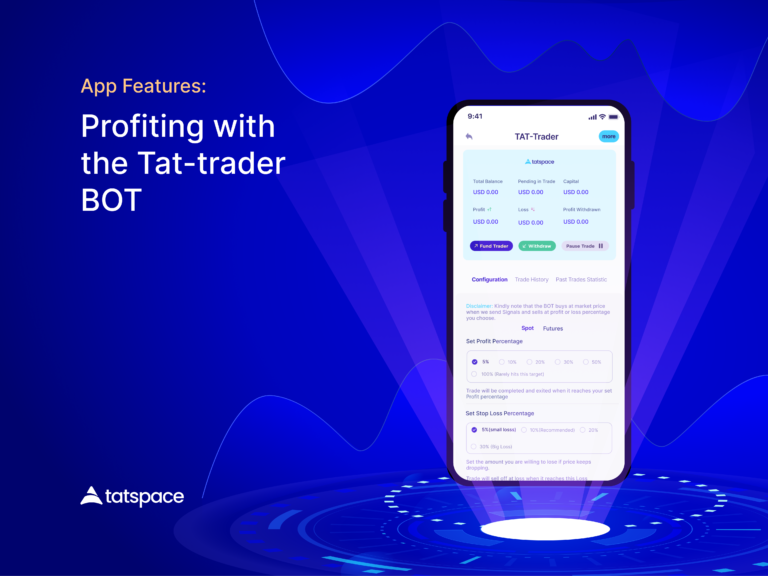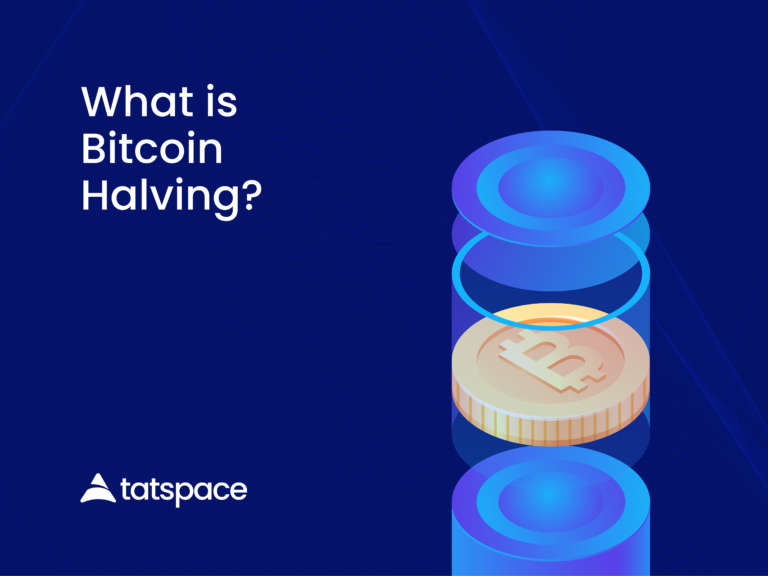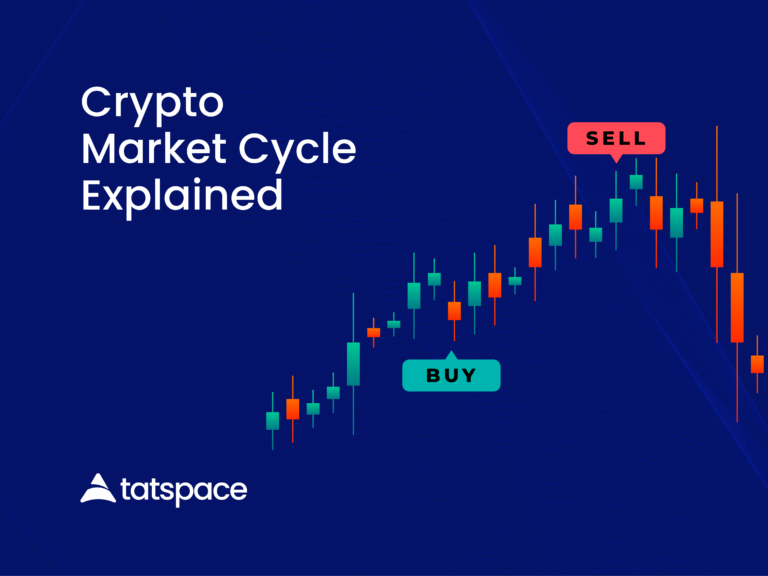It can be quite challenging to keep up with the rapid evolution of Decentralized Finance (DeFi), let alone evaluate new projects promptly.
Even more challenging is the fact that DeFi protocols are difficult to measure and compare because there is no standard approach.
Not to worry, though.
Our discussion will cover some common DeFi indicators that may provide you useful information.
Considering that a large amount of information is publicly available on-chain, any trader or investor can use these indicators.
1. Total Value Locked (TVL)
Total Value Locked (TVL) reflects the total amount of funds that have been locked into a DeFi protocol.
In general, you could see TVL as all the liquidity in a given marketplace’s liquidity pools.
Taking Tatswap Dex, for instance, TVL is the number of funds that liquidity providers deposit into the protocol.
This indicator can give you a sense of the overall interest in Defi.
Additionally, TVL can be helpful in analyzing the “market share” of various Defi protocols.
Investors seeking undervalued Defi projects can find this particularly helpful.
In addition, it is important that you know how to measure TVL using different denominations.
For example, you can use ETH and USD to measure the TVL in an Etheruem project.
2. Price-to-sales ratio (P/S ratio)
A Price-to-Sales Ratio (P/S Ratio) compares the price of a company’s stock with its revenues in a more traditional business setting.
By using this ratio, it is possible to determine whether the stock is undervalued or overvalued.
The fact that many Defi protocols generate revenue also makes it possible to use the same metric for them.
In what ways can you use it?
By dividing the market capitalization by the revenue of the project, you can estimate its P/S ratio.
According to this idea, undervalued projects have a lower ratio. Remember that this isn’t an absolute way to calculate valuation.
Nevertheless, it can help give you a sense of how the market might value a project.
3. Unique address count
An increasing number of addresses holding a particular coin or token suggests increasing usage, despite its limitations.
At first glance, more addresses seem to correlate with more users and growing adoption.
However, players can manipulate this measurement.
You or anyone can create and spread funds across thousands of addresses, creating the appearance of widespread use.
Just as you would with any other metric in fundamental analysis, you have to compare unique address count with other indicators.
4. Token supply on exchanges
On cryptocurrency exchanges, another strategy is to track the supply of tokens.
In most cases, sellers choose to sell their tokens through centralized exchanges (CEXs).
Despite the fact that decentralized exchanges (DEXs) offer users an increasing number of options, many of which don’t require trust in third parties.
Despite this, centralized exchanges generally offer more liquidity than decentralized ones.
For this reason, it’s important to monitor token supply on CEXs.
Consider this idea about token supply. There is a greater likelihood of sell pressure when there are many tokens on exchanges.
This is because whales and holders are like looking to sell their assets if they’re not holding them in their wallets.
Despite that, it’s not as straightforward as it seems.
Many traders use their holdings as collateral to trade futures or on margin.
Therefore, sending a large amount to exchange doesn’t necessarily point to a large sell-off that’s about to happen.
Still, it might be worth monitoring.
5. Token balance changes on exchanges
It can be useful to keep an eye on the token supply.
Only considering the token balances, however, may not be enough.
You may also find it useful to examine recent changes in those balances.
Significant changes in token balances on an exchange can often indicate volatility.
For instance, if you consider the reverse of the situation from earlier you could notice a different trend.
If a significant amount of tokens are being withdrawn from CEXs, it could be an indication that whales are accumulating the token.
Logically, they wouldn’t be withdrawing into their wallets, if they’re looking to sell. So, watching token movements in this way can become helpful.
6. Inflation rate
Should we consider tokens with a small supply a good sign?
Well, that’s not always the case. Keeping track of inflation is another vital metric.
In particular, if new tokens are constantly minted, a small supply does not guarantee a small supply indefinitely.
A notable property of Bitcoin is a constantly diminishing inflation rate, which should theoretically prevent the debasement of existing units in the future.
The idea isn’t that all systems should emulate Bitcoin’s scarcity. As a matter of principle, inflation is not necessarily bad, but too much can reduce your share in the market.
In the absence of a standardized rating system, it is wise to factor the number into consideration when considering other metrics.
7. Non-speculative usage
Suddenly you develop this feverish interest in some meme token that everyone is going crazy about because it promises huge profits.
Big question though is, does it?
Sure enough, if its sole goal is to appreciate in value, it might even get the Charles Ponzi stamp of approval, but it won’t last.
For this reason, it is crucial to understand the token’s purpose in order to understand its value.
You can measure this by looking at the volume of transactions that don’t carry investment risk.
It can be challenging, but a good place to start is with transfers outside of decentralized or centralized exchanges.
Here, the purpose is to confirm that people are actually using the token.
Wrapping it up
You’ll notice that when it comes to the fundamental analysis of cryptocurrencies, some of these metrics are commonly in use.
Always remember, the markets are prone to extreme volatility, are unpredictable, and are irrational.
In order to succeed, you must always conduct your own research.







